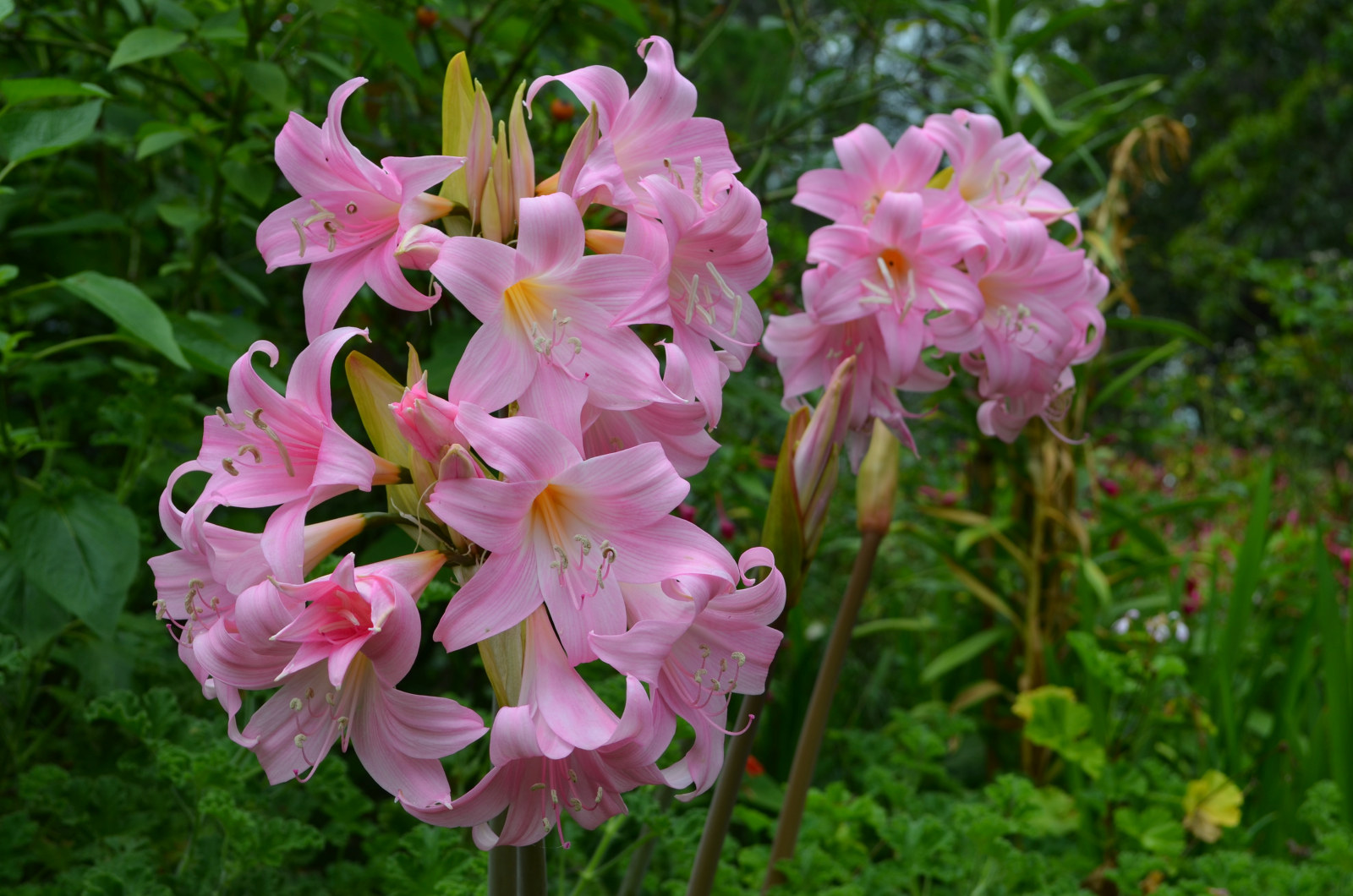The living collection at Meroogal
Just as the interiors of Meroogal were assembled over a century, so too its living collection – the garden - reflects the four generations of women who called the Nowra house home.
While today the garden bedding at Meroogal is largely recreated, there are many notable long-lived survivors from its earlier history: the iconic jacarandas, a port wine magnolia, a towering lillypilly. A plum which is smothered in white blossom this week is the same one that Helen Macgregor posed in front of for a photo in 1930.
The beds have been planted to evoke its appearance in the 1910s to the 1930s, drawing especially on its last owner June Wallace’s memories for specific plants, and photographs that show its layout. Today the borders leading to the north veranda look as they did when ‘the gardener’, one of June’s aunts, stood in her ‘sweet garden’ in 1919.
June’s memories tell us of the yearly pattern of the garden: in spring bulbs ran riot - ixias through the garden beds and freesias which grew across the lawn in a great fragrant drift - to be replaced with summer annuals as they died back. Fragile plants were grown to the east side, protected from the dry westerly winds. The beds against the fences were filled with roses, larkspurs and delphiniums, and edged with gerberas. Nandina was a favourite, its lacy leaves used in flower arrangements just as they are used today by the house staff.
Published on
Plant your history
Browse all
Plant your history
Beautiful bountiful bamboo
One of the most recognisable plants growing at Museums of History NSW today is bamboo. This colourful plant has a long history in colonial gardens

Plant your history
Sumptuous cape bulbs light up late summer gardens
Belladonna Lilies and Crinum Lilies are tough bulbs that never say die and can survive years of neglect

Plant your history
Acanthus - an apt symbol for The Mint
Look at any classical building today, anywhere in the world and chances are you will find an acanthus leaf lurking somewhere

Plant your history
Extending the olive branch
Just over a year ago we started a project to ensure the survival of the Elizabeth Farm European olive tree (Olea europaea), which is believed to be Australia’s oldest living cultivated olive tree
